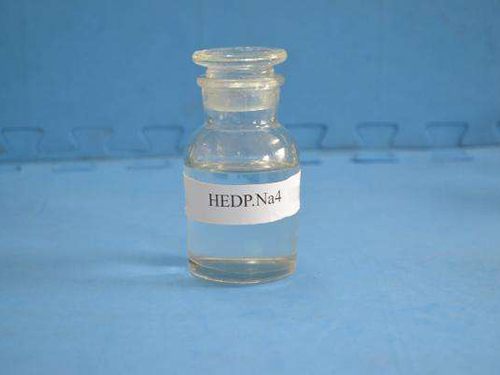Flocculation Techniques for Effective Water Purification and Treatment Solutions.
Flocculation in Water Purification A Key Process for Clean Water
Water is an essential resource for life, and its purity is crucial for human health, environmental sustainability, and industrial processes. Among the various techniques employed in water purification, flocculation plays a pivotal role. This process facilitates the removal of suspended particles, bacteria, and colloids, thereby ensuring that the water we consume is safe and clean.
What is Flocculation?
Flocculation is a physico-chemical process that involves the aggregation of fine particulates into a floc or flock, which can then be easily removed from water. This process typically follows coagulation, where chemical agents, known as coagulants, are added to water to destabilize the suspended particles. Once the particles are destabilized, gentle mixing encourages them to collide and form larger aggregates or flocs. This transformation is crucial for the subsequent stages of water treatment, as larger particles are easier to remove through sedimentation or filtration.
The Importance of Flocculation in Water Purification
Flocculation is vital for several reasons
1. Removal of Suspended Solids Water often contains various suspended solids, such as silt, clay, and organic matter. Flocculation helps in clumping these particles together, which makes their removal more efficient. By reducing turbidity, flocculation enhances the clarity of water.
2. Pathogen Removal The process is also effective in capturing pathogens, including bacteria and viruses. When flocs form, they can trap microorganisms within their structure, reducing the overall microbial load in the treated water.
3. Improvement of Filtration Efficiency Flocculation improves the performance of subsequent filtration processes. Larger flocs are easier to filter out and require less energy to process than individual, smaller particles.
4. Reduction of Chemical Contaminants Chemicals used in flocculation can also bind with certain contaminants, helping to facilitate their removal. This point is particularly important when addressing specific harmful substances in water, such as heavy metals and organic pollutants.
The Flocculation Process
flocculation in water purification

The flocculation process involves multiple stages
1. Coagulation This initial step involves adding coagulants—commonly aluminum sulfate or ferric chloride—to the water. These chemicals neutralize the charges on suspended particles, allowing them to stick together.
2. Floc Formation After coagulation, the water is slowly stirred to encourage particle collision. This gentle agitation allows the destabilized particles to form larger aggregates or flocs.
3. Sedimentation Once flocs are sufficiently large, the water is allowed to stand in a basin where gravity separates the flocs from the clearer water. The denser aggregates settle to the bottom, forming sludge.
4. Filtration The supernatant water is then subjected to filtration to remove any residual floc and impurities. Depending on the system, various filtration methods may be employed, including sand filters, membrane filters, or activated carbon.
5. Disinfection Finally, the treated water may undergo disinfection processes like chlorination or ultraviolet (UV) treatment to eliminate any remaining pathogens and ensure the water is safe for consumption.
Challenges in Flocculation
Despite its effectiveness, flocculation does face challenges. The selection of appropriate coagulants is essential, as not all coagulants work optimally for every type of water source. Factors such as pH, temperature, and the presence of specific contaminants can influence the efficiency of the flocculation process. Moreover, there is a need for careful monitoring and control to avoid over-treatment, which can lead to excess sludge production and increased costs in waste management.
Conclusion
Flocculation is a fundamental component of water purification that significantly enhances water quality by removing suspended solids, pathogens, and other contaminants. As the global population grows and the demand for clean water increases, understanding and improving flocculation processes will be essential. Advances in this area can lead to more efficient and sustainable water treatment solutions, contributing to better health outcomes and environmental protection. Whether through the use of innovative coagulants or improved operational techniques, the continuous development of flocculation technology will be vital in securing access to safe drinking water for communities around the world.
-
Pbtc Scale InhibitorPBTC: A Scale Protector for Industrial Water TreatmentNewsAug.05,2025
-
Organic Phosphonate: An Efficient Defender in the Field of Scale InhibitionNewsAug.05,2025
-
Hydrolyzed Polymaleic Anhydride: Green Pioneer in Scale Inhibition FieldNewsAug.05,2025
-
PAPEMP Polyamino Polyether Methylene Phosphonic Acid For SaleNewsAug.05,2025
-
Flocculant Water Treatment: A Pioneer in Purification in the Field of Water TreatmentNewsAug.05,2025
-
Benzyl Isothiazolinone: An Efficient and Broad-Spectrum Antibacterial Protective GuardNewsAug.05,2025





